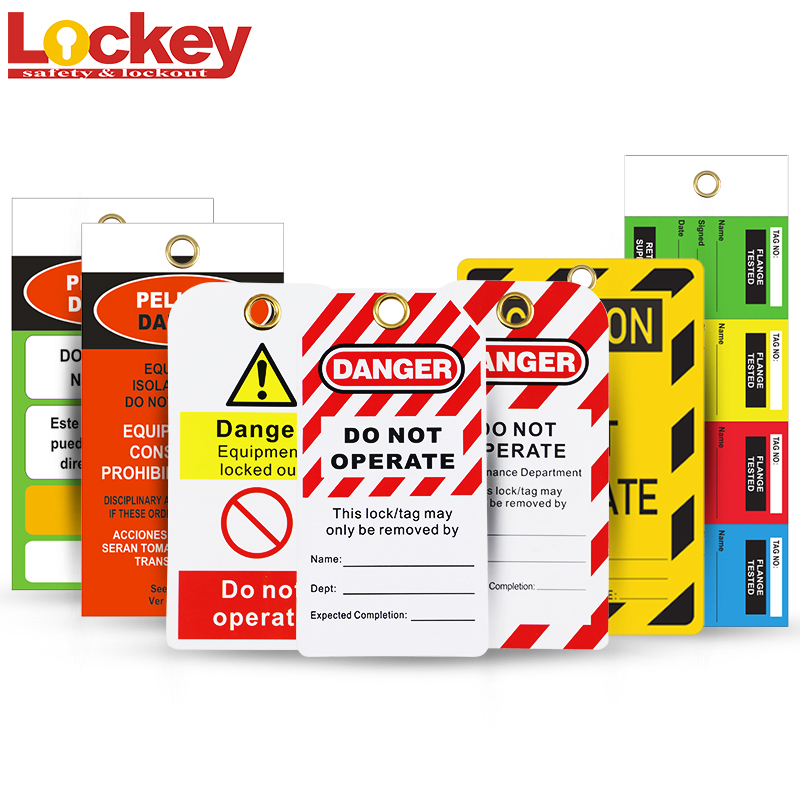Locked out tags are a crucial tool in ensuring workplace safety and preventing accidents. By effectively communicating the status of equipment and machinery, these tags help to protect workers from harm and maintain a safe work environment. In this article, we will explore the importance of locked out tags and how they contribute to accident prevention.
What are Locked Out Tags?
Locked out tags are visual indicators that are placed on equipment or machinery to signify that it is not in operation and should not be used. These tags are typically bright in color and feature a clear message such as “Do Not Operate” or “Locked Out.” By physically attaching these tags to the equipment, workers are immediately made aware of its status and are reminded not to use it.
How do Locked Out Tags Prevent Accidents?
1. Communication: Locked out tags serve as a clear and visible form of communication in the workplace. By using standardized symbols and messages, these tags effectively convey important information to workers, such as the reason for the lockout and when the equipment will be back in service. This helps to prevent confusion and ensure that everyone is on the same page regarding the status of the equipment.
2. Compliance: OSHA (Occupational Safety and Health Administration) regulations require that equipment be properly locked out during maintenance or repair to prevent accidental startup. By using locked out tags, companies can demonstrate compliance with these regulations and avoid potential fines or penalties. Additionally, by following proper lockout/tagout procedures, companies can reduce the risk of accidents and injuries in the workplace.
3. Accountability: Locked out tags help to hold individuals accountable for their actions in the workplace. By requiring workers to physically attach a tag to equipment before performing maintenance or repairs, companies can ensure that proper procedures are followed and that everyone is aware of the equipment’s status. This accountability helps to create a culture of safety in the workplace and encourages employees to take responsibility for their own well-being and the well-being of their colleagues.
In conclusion, locked out tags play a crucial role in preventing accidents in the workplace. By effectively communicating the status of equipment, ensuring compliance with regulations, and promoting accountability among workers, these tags help to maintain a safe work environment and protect employees from harm. Companies should prioritize the use of locked out tags as part of their overall safety program to reduce the risk of accidents and injuries on the job.
Post time: Dec-07-2024







